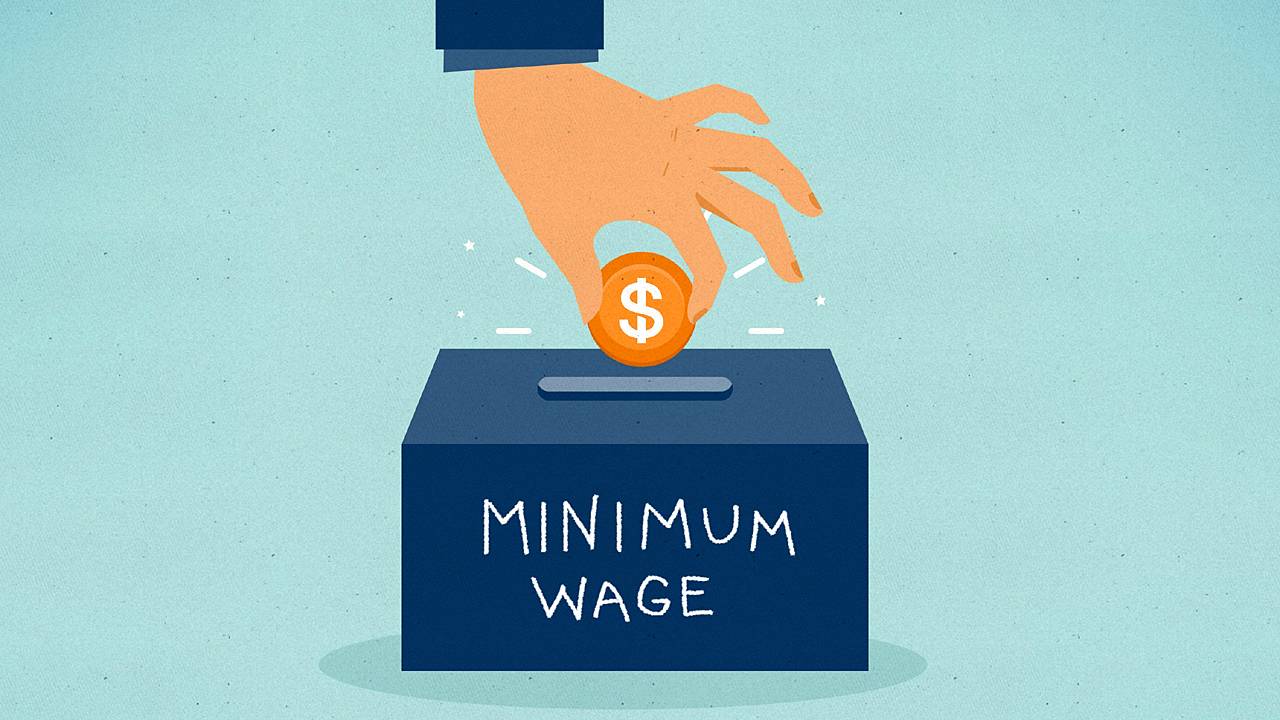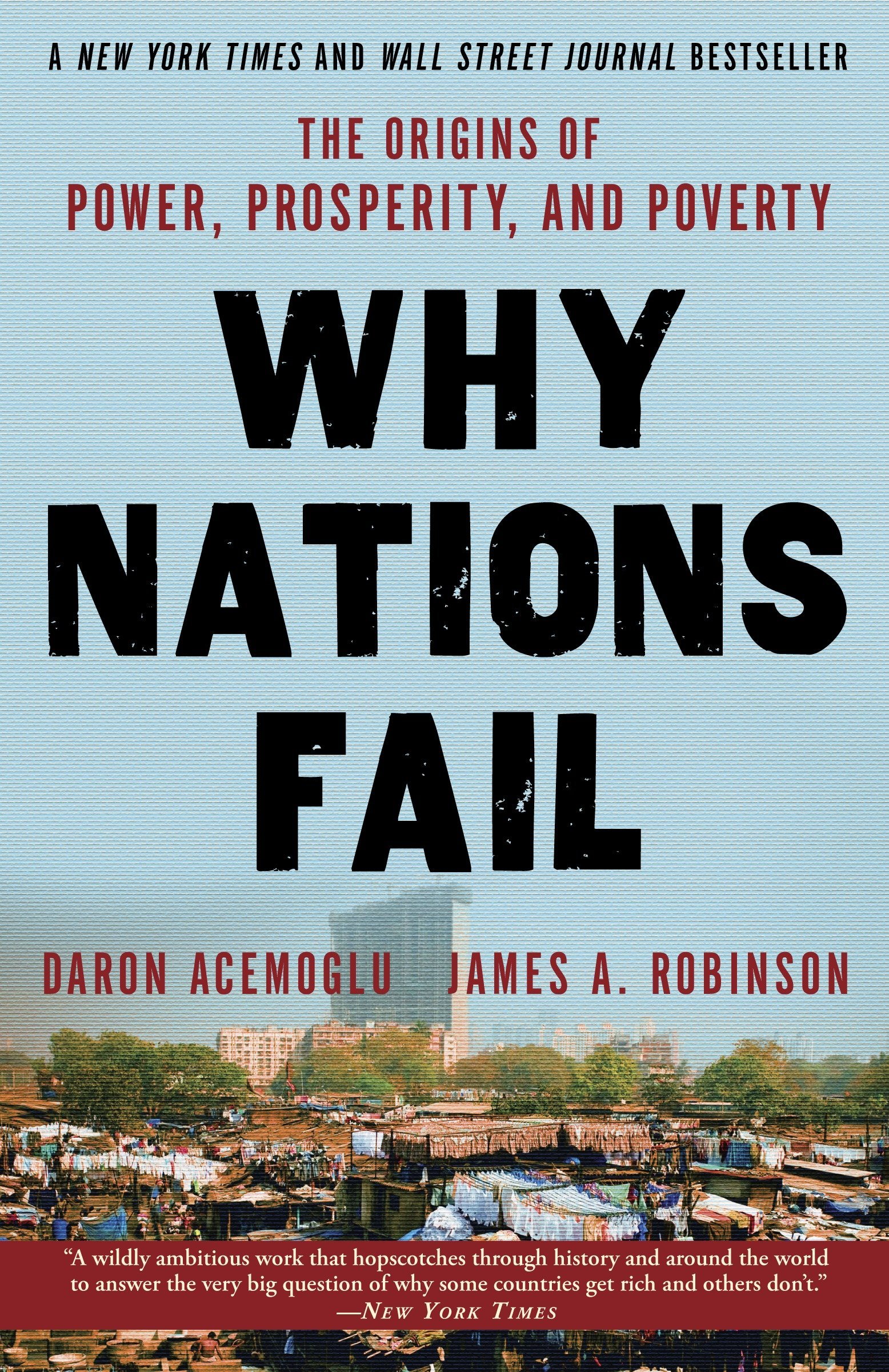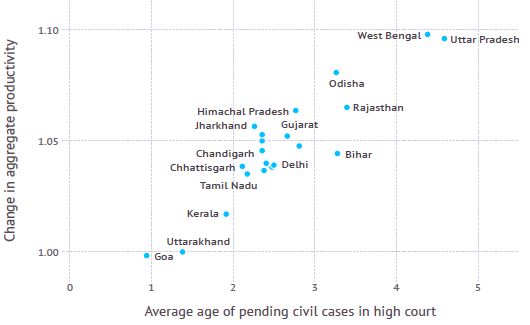This is part of the Stuff I Say at School series.
The Assignment
A critical literature review of political ignorance among the public. This section specifically explores the academic literature on the extent of political ignorance, demonstrating that Americans know very little when it comes to politics and policy.
The Stuff I Said
What makes this particular skit humorous is how much it reflects reality. According to political scientists Christopher Achens and Larry Bartels, there is a “folk theory” of democracy that is widespread in American culture. This theory paints average citizens as engaged, well-informed participants in the political process, deliberating policies and selecting leaders who represent their well-reasoned preferences. “Unfortunately,” write Achens and Bartels, “while the folk theory of democracy has flourished as an ideal, its credibility has been severely undercut by a growing body of scientific evidence…That evidence demonstrates that the great majority of citizens pay little attention to politics.”

Michael Delli Carpini and Scott Keeter have defined political knowledge as “the range of factual information about politics that is stored in long-term memory.” Most of the surveys on which claims about political knowledge are based consist of recall questions, which “are designed to measure whether or not a person has selected declarative memory.” Drawing on Carpini and Keeter’s work, Achens and Bartels display the ignorance of the typical American on these kinds of questions. For example, in 1952, “only 44% of Americans could name at least one branch of government. In 1972, only 22% knew something about Watergate. In 1985, only 59% knew whether their own state’s governor was a Democrat or a Republican. In 1986, only 49% knew which one nation in the world had used nuclear weapons.” Recent survey evidence continues to support these findings. A 2018 poll found that 67% of Americans cannot name all three branches of government. Another poll found that a sizeable minority (39%) of Americans think or are not sure if low GDP is better for the country than high GDP. The Woodrow Wilson Foundation recently found that only 1-in-3 Americans can pass the U.S. Citizenship Test, with less than half the population of all but one state (Vermont) being able to pass it. A 2014 Barna survey found that 84% of Americans are unaware that extreme poverty worldwide has decreased by more than half in the past three decades. Sixty-seven percent said they thought global poverty was actually increasing during that time. Similarly, a 2016 study found that only 8% of Americans believe extreme global poverty has decreased in the last 20 years. (A 2017 study placed the percentage slightly higher at fifteen.) The late statistician Hans Rosling often tested his audience’s knowledge of the state of the world. Overall, he found that only 5% of Americans could answer a multiple-choice question about global poverty correctly: worse than chimpanzees picking at random. This ignorance not only extends to basic facts about government, politics, and the economy, but to party makeup as well. A 2018 study found that “Republicans, Democrats, and independents, all overestimate the share of party-stereotypical groups in both the major parties.” For example, respondents thought 39.3% of Democrats belonged to a labor union (actual: 10.5%), 38.2% of Republicans earned over $250,000 a year (actual: 2.2%), and 31.7% of Democrats were gay, lesbian, or bisexual (actual: 6.3%).

Georgetown political philosopher Jason Brennan divides the spread of political knowledge into four quartiles: “the top 25 percent of voters are well informed, the next 25 percent are badly informed, the next 25 percent are know-nothings, and bottom 25 percent are systematically misinformed.” According to data from the 1992 American National Election Studies, “93.4 percent of people in the top quartile, but only 13.1 percent of people in the bottom quartile, know that Republicans tend to be more conservative than Democrats. Among people in the lowest knowledge quartile, only 12.2 percent and 9.7 percent knew which party controlled the House of Representatives and Senate, respectively. The bottom 25 percent of citizens does worse than a coin flip when it comes to political knowledge—they are systematically in error.” When it comes to the demographics of these quartiles, political knowledge within the U.S.
is strongly positively correlated with having a college degree, but negatively correlated with having a high school diploma or less. It is positively correlated with being in the top half of income earners, but negatively correlated with being in the bottom half. It is strongly positively correlated with being in the top quarter of income earners, and strongly negatively correlated with being in the bottom quarter. It is positively correlated with living in the western United States, and negatively correlated with living in the South. Political knowledge is positively correlated with being or leaning Republican, but negatively correlated with being a Democrat or leaning independent. It is positively correlated with being between the ages of thirty-five and fifty-four, but negatively correlated with other ages. It is negatively correlated with being black, and strongly negatively correlated with being female.
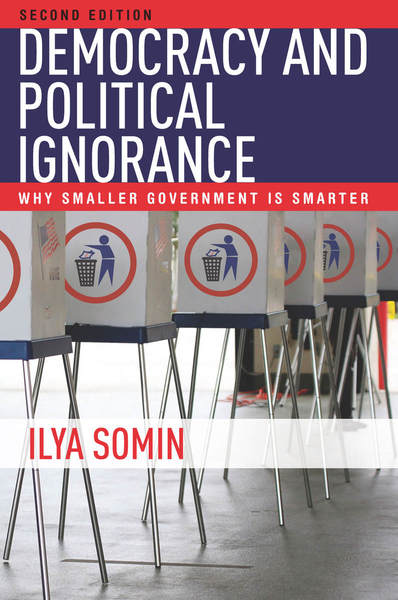
Legal scholar Ilya Somin’s work scours both the academic literature as well as a sweeping array of public surveys, including (but not limited to) the Annenberg Public Policy Center, Kaiser Health Tracking Poll, Pew Research Center, Bloomberg, Public Policy Research Institute, Reason-Rupe, and American National Election Studies. Voter ignorance is not merely in regards to “specific policy issues but about the basic structure of government and how it operates.” He concludes, “Extensive evidence suggests that most Americans have little political knowledge. That ignorance covers knowledge of specific issues, knowledge of political leaders and parties, and knowledge of political institutions. The evidence extends to many of the crucial issues at stake in recent elections from 2000 to 2014. Moreover, much of the widespread ignorance relate to fairly basic issues about the politicians, parties, issues, and the structure of politics.”
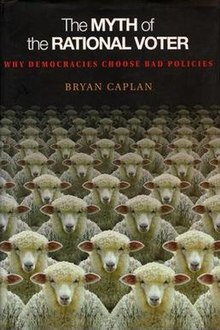
Relying on the 1996 Survey of Americans and Economists on the Economy (SAEE), GMU economist Bryan Caplan compares (1) the average belief of the general public on economic issues, (2) the average belief of Ph.D. economists, and (3) the estimated belief of a category Caplan labels the Enlightened Public. This latter category is the result of Caplan testing for both “self-serving” and “ideological” bias among economists by controlling for family income, job security, race, gender, age, and income growth. The Enlightened Public essentially are the answers to the questions “What would the average person believe if he had a Ph.D. in economics?” or “What would Ph.D. economists believe if their finances and political ideology matched those of the average person?” Caplan discovers that the answers of economists/Enlightened Public differ greatly from the general public on most economic issues. For example, the general public is far more concerned about the supposed negative economic effects of taxes, foreign aid, immigration, business tax breaks, the number of people on welfare, affirmative action, business profits, executive compensation, technology in the workplace, job outsourcing, and corporate downsizing. Caplan’s controls and comparisons indicate that (1) economic information and education changes one’s views about economic issues and (2) the general public is lacking in these qualifications. This gap between economists and the general public is further confirmed by a 2013 study by Paola Sapienza and Luigi Zingales. Drawing on the Economic Expert Panel (EEP) and Financial Trust Index (FTI)—both from the University of Chicago—the researchers find that, “[o]n average, the percentage of agreement with a statement differs 35 percentage points between the two groups.”

Despite the strong consensus on the typical American’s political ignorance, Arthur Lupia of the University of Michigan is skeptical of the explanatory power of these survey data. He argues that in many cases, it is “not demonstrate[d] that recalling the items on [the] survey is a necessary condition for achieving high-value social outcomes” and, therefore, not a good standard for measuring relevant political knowledge. He also questions the legitimacy of the American National Election Studies, showing that obviously correct answers were sometimes marked as incorrect due to an overly-rigid grading system. Finally, he notes that “decades of surveys and experiments provide evidence that “don’t know” responses are mixtures of several factors. Ignorance is one such factor. Low motivation, personality, and gender also affect responses.” However, Achens and Bartels point out that “insufficient motivation is endemic to mass politics, not an artifact of opinion surveys[.]” Furthermore, they hold Lupia’s feet to the fire for the vagueness of statements like “high-quality decisions” or “high-value social outcomes.” Uninformed voters are supposedly capable of these things, yet Lupia provides no concrete examples. Brennan also argues that public polls actually overstate how much Americans really know about politics and policy. The first reason is because these polls “usually take the form of a multiple-choice test. When many citizens do not know the answer to a question, they guess. Some of them get lucky, and the surveys mark them as knowledgeable.” These polls “count a citizen as knowledgeable if they know that we spend more on social security than defense, but they typically don’t check if they know how much more we spend.” Finally, these questions are about “easily verifiable facts…While most voting Americans cannot answer such questions, these questions do not require specialized social scientific knowledge.” Unfortunately, greater question complexity is associated with greater ignorance. According to Carpini and Keeter, “as the amount of detail requested increases and as less visible institutions or processes are asked about, the percentage of the public able to correctly answer questions declines.”
In sum, the scholarly consensus appears to recognize that the average American citizen knows very little about the major players, institutions, and processes of their government. What’s more, there is a significant gap between expert views on policy-related issues and that of the average American.



